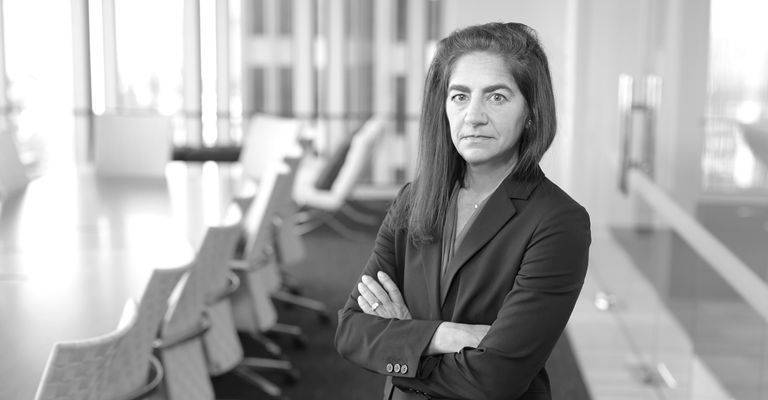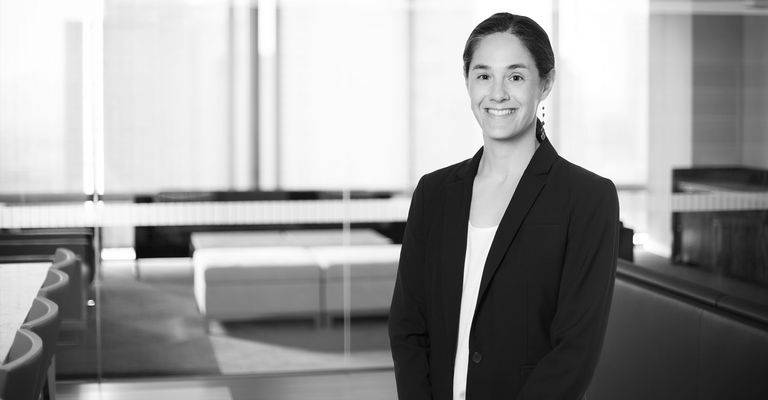Insights
Supreme Court Issues Decision in Closely Watched Student Social Media Case
Jun 24, 2021Summary
On June 23, 2021, the Supreme Court issued its decision in the closely-watched case of Mahanoy Area School District v. B.L. The decision, which upheld the Third Circuit’s ruling for a high school cheerleader suspended from her cheerleading squad for a profanity-filled social media post, tackles the thorny question of whether, and under what circumstances, public schools may punish students for their off-campus social media use, and conversely, the circumstances under which such speech is protected by the First Amendment.
Although the case involves speech at the high school level, it is expected that the Court’s decision will impact social media policies at the college and university level as well. Like public high schools, public colleges and universities are limited by the First Amendment when it comes to disciplining students for expressive activities. And although private universities are not so limited, many have committed to upholding speech rights, and this decision will also provide guidance for them.
The facts of the case are relatively straightforward: In 2017, Brandi Levy, a freshman at a Pennsylvania public high school, learned she had not made her high school’s varsity cheerleading squad and would instead only made the junior varsity squad. Upset, Ms. Levy met up with a friend on a Saturday, outside of school, where they took a selfie of themselves holding up their middle fingers. On top of the photo, Ms. Levy added: “f— school f— softball f—cheer f– everything.” She then posted the captioned photo on her private Snapchat account, where the “Snap” was briefly seen by about 250 of her friends, including a few of her fellow cheerleaders. Screenshots of the Snap ultimately made it to one of the cheerleading coaches and prompted the school to suspend Ms. Levy from the cheerleading team for the year.
The question of what to do about students’ social media use has been bedeviling college and university administrators for years. In its 1969 landmark case of Tinker v. Des Moines Independent Community School District, a case involving public high school students who wore black armbands to school to protest the Vietnam hostilities, the Supreme Court held that public high school students do not “shed their constitutional rights to freedom of speech or expression at the schoolhouse gate” and said disruptive speech could be punished only where the speech “materially and substantially” interfered with school activities.
In the more than 50 years since, courts have reached inconsistent conclusions over what this means in the context of social media. Most of this authority has been in the high school setting. Courts have provided little guidance to public universities, where most students are adults and courts have agreed they have a high degree of First Amendment protection. This has left colleges and universities to muddle through the many factual scenarios that can arise with students and social media.
In Mahanoy, the Third Circuit found that “Tinker does not apply to off-campus speech – that is, speech that is outside school-owned, -operated, or –supervised channels and that is not reasonably interpreted as bearing the school’s imprimatur,” and held the school violated the First Amendment when it disciplined Ms. Levy for her off-campus speech.
While the Supreme Court affirmed, it did so for different reasons. Finding that Ms. Levy “uttered the kind of pure speech to which, were she an adult, the First Amendment would provide strong protection,” and noting the lack of evidence of any substantial disruption of a school activity or a threatened harm to the rights of others, the Court said Ms. Levy should not have been punished for her off-campus, off-hours social media post. However, the Court also stated: “[u]nlike the Third Circuit, . . . we do not believe the special characteristics that give schools additional license to regulate student speech always disappear when a school regulates speech that takes place off campus.”
Still, the Court said, students’ off-campus speech is deserving of a high degree of protection, and it highlighted “three features of off-campus speech” that diminish the leeway schools have for disciplining off-campus speech:
- First, whereas the “doctrine of in loco parentis treats school administrators as standing in the place of students’ parents, . . . off-campus speech will normally fall within the zone of parental, rather than school-related, responsibility.”
- Second, “courts must be more skeptical of a school’s efforts to regulate off-campus speech, for doing so may mean the student cannot engage in that kind of speech at all,” and “[w]hen it comes to political or religious speech that occurs outside school or a school program or activity, the school will have a heavy burden to justify intervention.”
- Third, “the school itself has an interest in protecting a student’s unpopular expression, especially when the expression takes place off campus.” Calling public schools “the nurseries of democracy,” the Court emphasized that protection for speech “must include the protection of unpopular ideas, for popular ideas have less need for protection. Thus, schools have a strong interest in ensuring that future generations understand the workings in practice of the well-known aphorism, ‘I disapprove of what you say, but I will defend to the death your right to say it.’”
Nevertheless, the Court said, “[t]he school’s regulatory interests remain significant in some off-campus circumstances,” and it noted “several types of off-campus behavior that may call for school regulation. These include serious or severe bullying or harassment targeting particular individuals; threats aimed at teachers or other students; the failure to follow rules concerning lessons, the writing of papers, the use of computers, or participation in other online school activities; and breaches of school security devices, including material maintained within school computers.”
While the Court left it “for future cases to decide where, when, and how” off-campus social media use may be regulated by public high schools – and the decision does not address social media in the higher education context – public colleges and universities should review their social media policies in light of the Mahanoy decision, and caution should be taken in regulating off-campus speech that does not cause “substantial disruption” in institutional programs or activities or threaten, bully, or harass.
Related Capabilities
-
Higher Education
-
Media & First Amendment




